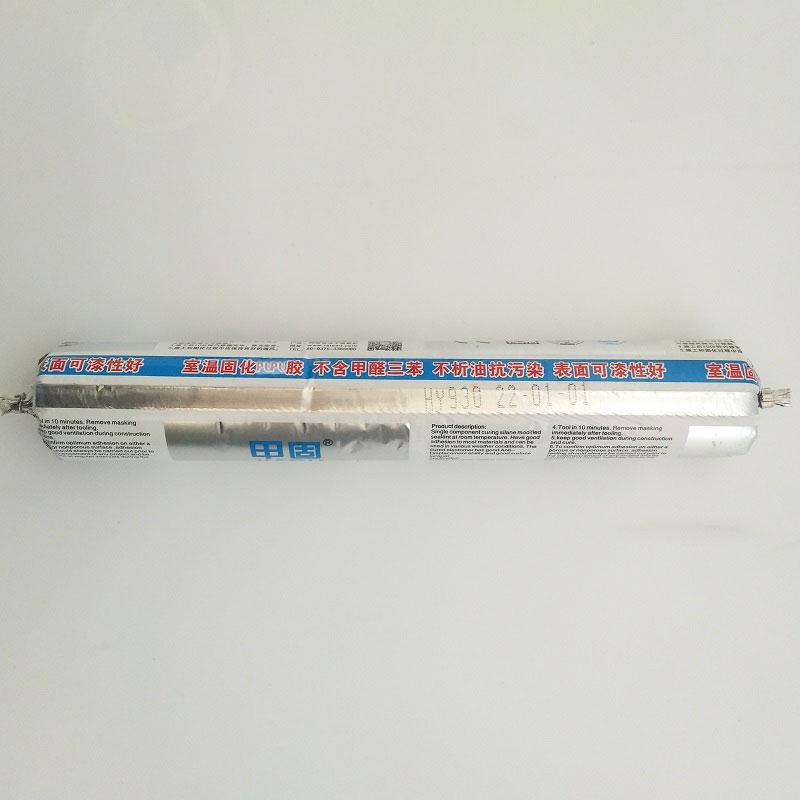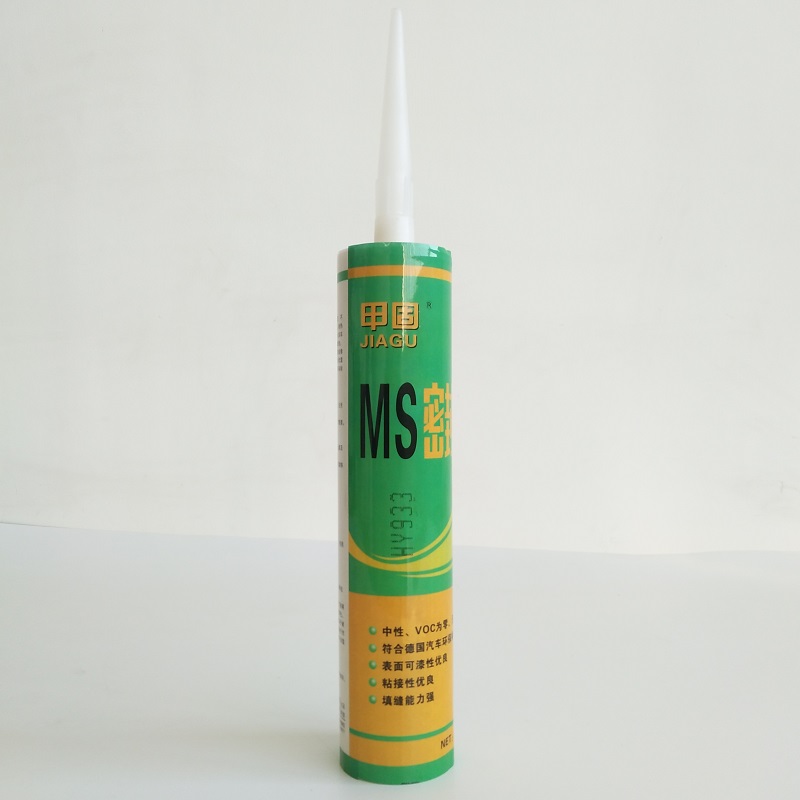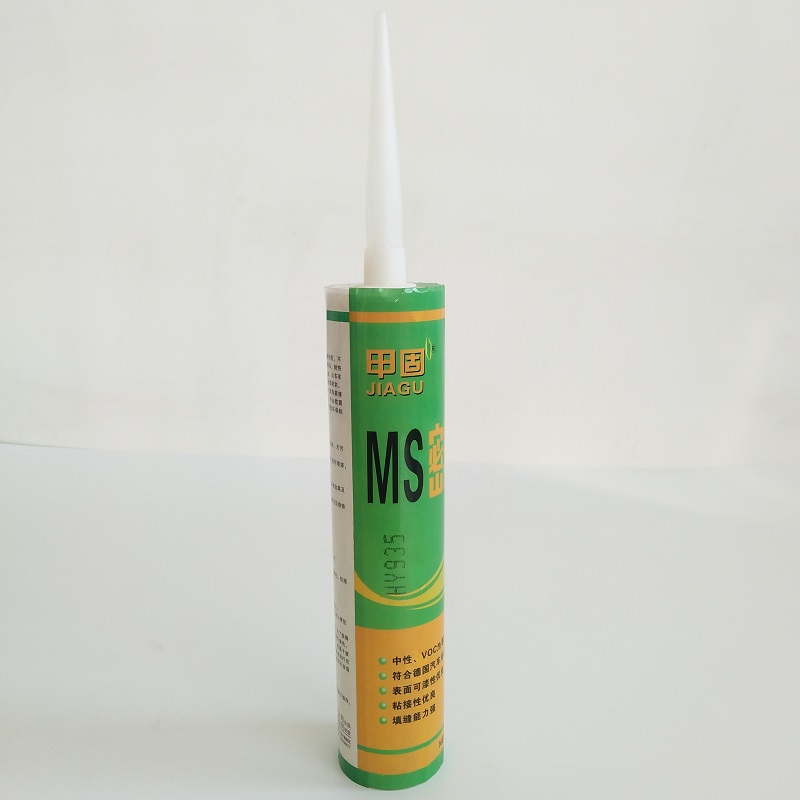Fast Deep Curing Polyurethane Seam Sealer Weld Sealant for Automotive Body
Two-component automotive sheet metal sealant is actually PU structural sealant. Its basic component is polyurethane, which has fast curing, good elasticity, strong adhesion and can be painted after curing. Because of these characteristics, it is widely used in Sealing and bonding of interior and exterior doors, wood, metal, industrial buildings, and car body structures. Not only that, it is also widely used on a wide range of cars, especially new cars (such as the cabs of various cars and high-end trucks). The use and promotion of this type of vehicles fully guarantee the performance of such vehicles during production and after traffic accident collision repairs.
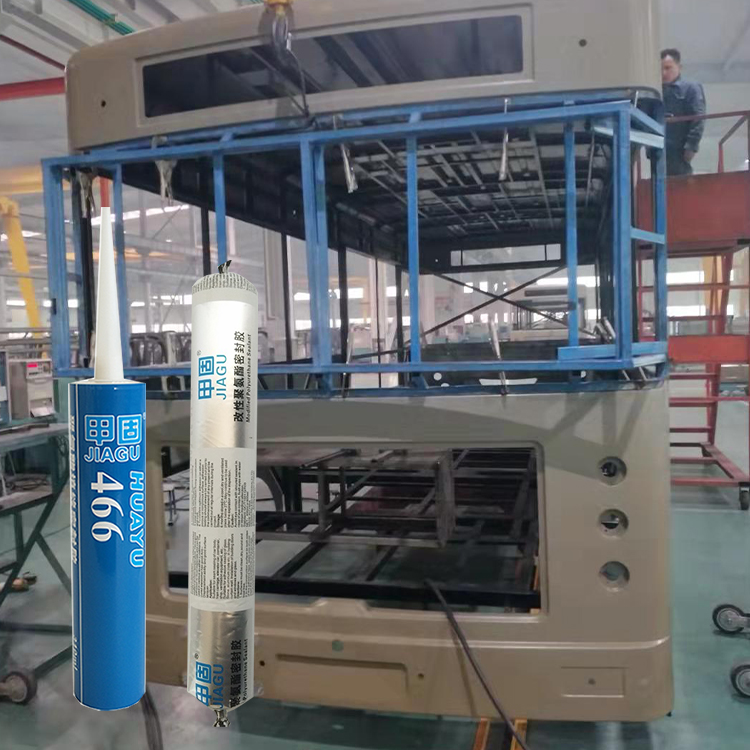
Automotive sheet metal sealants can adhere to a variety of materials. On rough, primed and painted steel plates, it can sometimes be used instead of welding to bond automotive steel plates without damaging the paint. It can be applied to surfaces such as aluminum, alloy steel, ABS materials, fiberglass, polyurethane plastics, plexiglass, hard polyurethane, hard polyurethane, soft polyurethane resin, wood and glass, and is odorless and non-corrosive. It is made of high-quality materials, has strong resistance to chemical corrosion, can be polished, can resist ultraviolet rays, weather and aging, is safe and reliable, and is completely harmless to the human body.
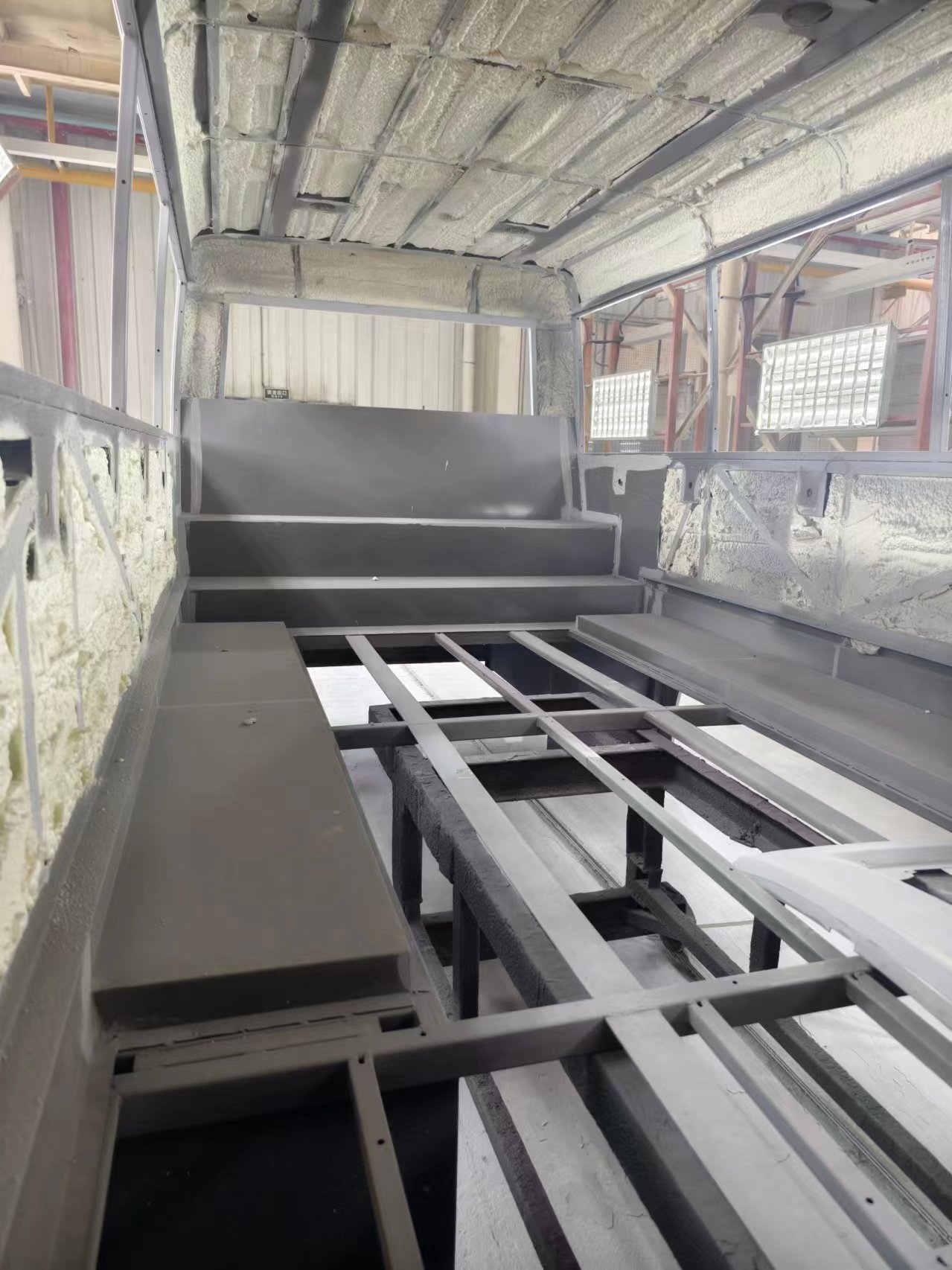
Scope of application: seam sealing of automobile welding joints, bus roof welding joint sealing, sand panel adhesion, mechanical welding joints. Air conditioner air duct interface, etc., are also used on the car body. Bonding, sealing and repair of carriages, various types of machinery, ships, aerospace, locomotives, runways, curtain walls, and decorative base materials.
Function
1: One-component polyurethane structural adhesive glue is moisture cured. It does not contain solvents, does not shrink, does not flow, and has strong adhesion.
2: Water-resistant, oil-resistant, low-temperature resistant, and aging-resistant.
3: High elasticity, fatigue vibration resistance.
4: Opposite sex bonding has no corrosion to the base material.
【Instructions】:
1. When using, the surface must be clean and dry, and any impurities or sealant residue must be removed;
2. Use masking tape to cover adjacent surfaces if necessary;
3. Cut the nozzle to the required size and connect it to the hose so that the sealant is in good contact with both sides of the interface;
4. Remove the tape before the sealant solidifies;
5. Uncured sealant can be removed with cloth and solvent.

Automotive sheet metal sealants can adhere to a variety of materials. On rough, primed and painted steel plates, it can sometimes be used instead of welding to bond automotive steel plates without damaging the paint. It can be applied to surfaces such as aluminum, alloy steel, ABS materials, fiberglass, polyurethane plastics, plexiglass, hard polyurethane, hard polyurethane, soft polyurethane resin, wood and glass, and is odorless and non-corrosive. It is made of high-quality materials, has strong resistance to chemical corrosion, can be polished, can resist ultraviolet rays, weather and aging, is safe and reliable, and is completely harmless to the human body.

Scope of application: seam sealing of automobile welding joints, bus roof welding joint sealing, sand panel adhesion, mechanical welding joints. Air conditioner air duct interface, etc., are also used on the car body. Bonding, sealing and repair of carriages, various types of machinery, ships, aerospace, locomotives, runways, curtain walls, and decorative base materials.
Function
1: One-component polyurethane structural adhesive glue is moisture cured. It does not contain solvents, does not shrink, does not flow, and has strong adhesion.
2: Water-resistant, oil-resistant, low-temperature resistant, and aging-resistant.
3: High elasticity, fatigue vibration resistance.
4: Opposite sex bonding has no corrosion to the base material.
【Instructions】:
1. When using, the surface must be clean and dry, and any impurities or sealant residue must be removed;
2. Use masking tape to cover adjacent surfaces if necessary;
3. Cut the nozzle to the required size and connect it to the hose so that the sealant is in good contact with both sides of the interface;
4. Remove the tape before the sealant solidifies;
5. Uncured sealant can be removed with cloth and solvent.


